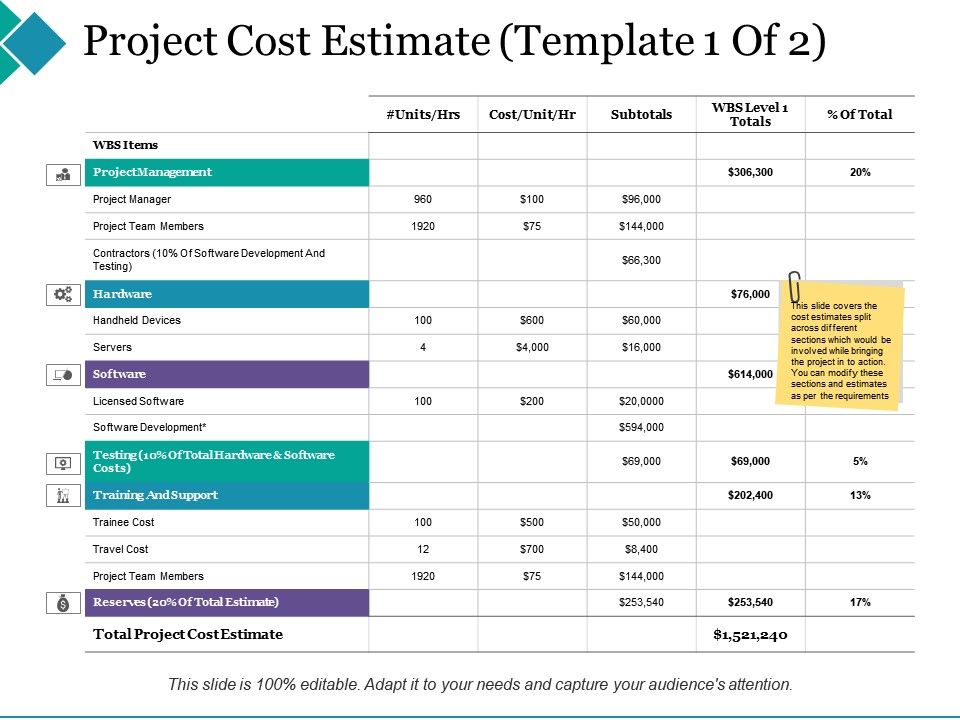

Where was I born? Think through this step by step. When I was born, my biological mother was in Barcelona and my father was in Tokyo. However, the following interaction with ChatGPT, adapted from an experiment by Gary Marcus suggests it is not entirely reliable in this respect. Language models such GPT-3 and ChatGPT can successfully solve some tasks requiring common-sense reasoning. In this case, the prompt is not well represented in Stable Diffusion’s training data. Current AI technology tends to perform poorly in unexpected situations. While the success of recent work in AI demonstrates the value of data-driven models, many of the problems we would want computers to solve require an understanding of causation.Ĭurrent AI systems lack this ability, apart from specialised applications such as board games.Ī Stable Diffusion artwork generated by the prompt ‘The limits of artificial intelligence’. The confusion between these two types of problems sometimes leads to suboptimal applications of machine learning in organisations. This way, they can try to control any factors that might affect the treatment. To determine the effectiveness of a treatment, medical researchers run randomised controlled trials. Here, the goal is to influence the outcome, not just recognise a pattern. We don’t need to worry about causality because abnormalities are already either present or not.īut choosing the best treatment for a diagnosis is a fundamentally different problem. Machine learning models are often helpful for finding abnormalities in medical images – this is a pattern recognition problem. To understand why this is a problem for AI, we can contrast the problems of diagnosing a medical condition versus choosing a treatment. Purely data-driven machine learning can only find correlations. By doing this, we can choose the sequence of actions most likely to achieve our goals.īut algorithms cannot learn about causes and effects from data alone.

Many important problems require predicting the effects of our actions in complex, uncertain, and constantly changing environments.
#Ai actions dont work with effects full
However, human creativity draws not only on past data but also on experimentation and the full range of human experience. “Generative AIs” such as ChatGPT and DALL-E 2 have sparked much debate about whether AI can be genuinely creative and even rival humans in this regard. GPT-3 then leverages this predictive ability to continue an input text given by the user.

Here's what you need to knowįor example, GPT-3, the language model behind ChatGPT, was trained to predict what follows a piece of text. Not everything we call AI is actually 'artificial intelligence'. The development of current AI technology relies on optimising predictive power, even if the goal is to generate new output. This training is then used for tasks like prediction and data generation. Recent advances in AI rely predominantly on machine learning algorithms that discern complex patterns and relationships from vast amounts of data. What does the unrelenting progress in AI mean for the near future? And is AI likely to threaten certain jobs in the following years?ĭespite these impressive recent AI achievements, we need to recognise there are still significant limitations to what AI systems can do. Microsoft is reportedly planning to incorporate ChatGPT into its Bing web search and Office products later this year. Some school officials have already banned it for fear students would use it to write essays. ChatGPT reportedly gained one million users in less than a week.

#Ai actions dont work with effects professional
In December, a chatbot called ChatGPT stunned users with its writing skills, leading to predictions the technology will soon be able to pass professional exams.


 0 kommentar(er)
0 kommentar(er)
